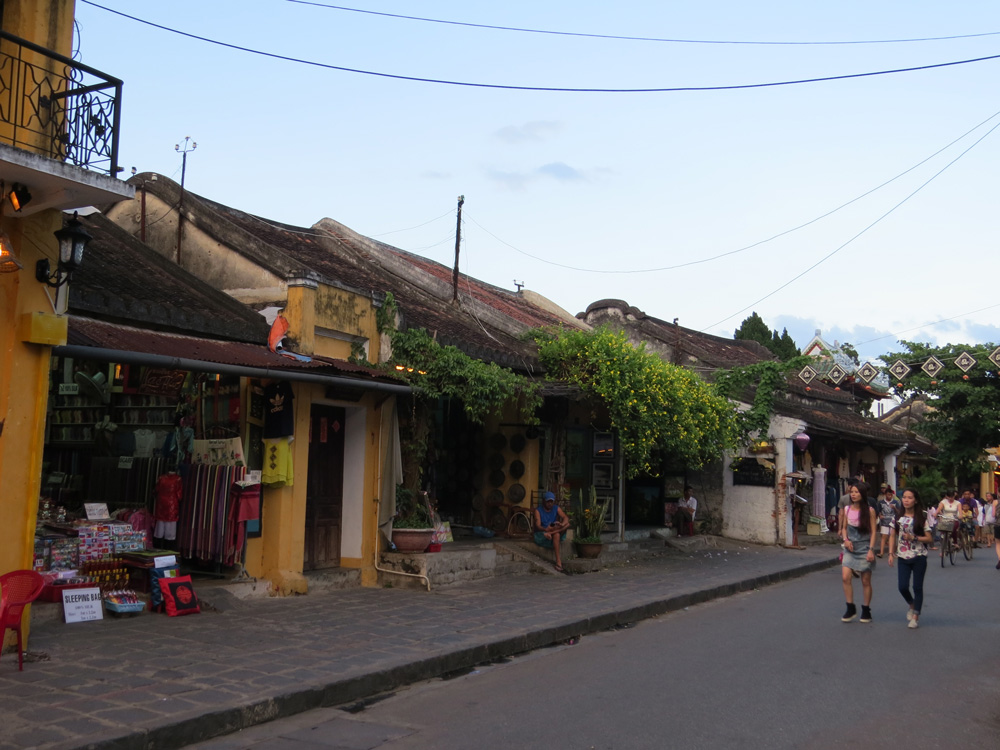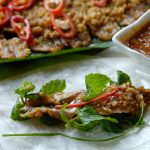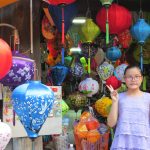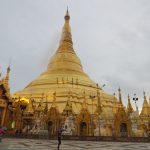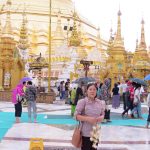Thanh Van took a trip to Chau Doc town in the Mekong Delta and experienced a land of rivers, mountains and forests.
After about seven hours by bus from HCMC our group was pleased to arrive in Chau Doc, where the small town on the bank of the Bac Sac River in the Mekong Delta welcomed us with typical sounds of boats and ships heading up and downstream. The fresh air and breeze by the riverside quickly relieved my tiredness after the long trip.

I spent a few hours enjoying the afternoon on the terrace of the Victoria Chau Doc Hotel, a great place to see the sunset and life on the river. Patches of the water hyacinth quietly drifted downstream and women cleverly rowed their small boats in the middle of a vast waterway. And, in the distance, there were many floating houses on the river, where local people live and keep fish in cages under floor.
Splashes of colour
Chau Doc is known as a holy land and many people make the pilgrimage to Ba Chua Su (Lady) Pagoda to pray for luck and success in business and life. There are also many great things for foreign tourists to explore, with diverse nature, culture and life in a colourful town on the border of Vietnam and Cambodia.
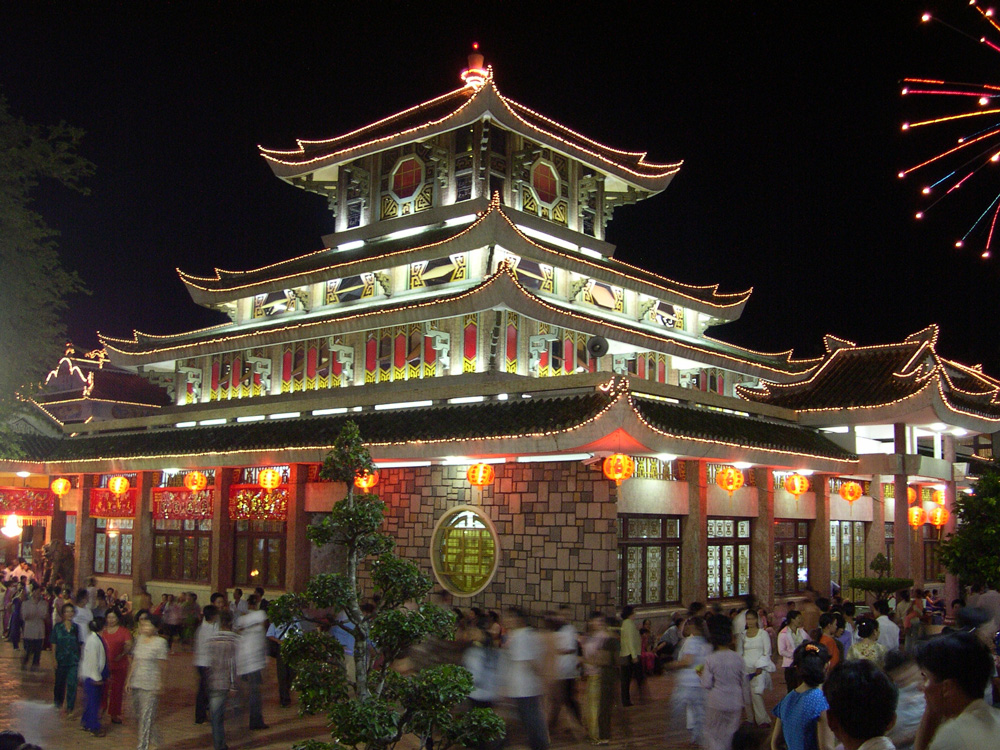
On a xe loi (a popular vehicle, like a xyclo), I took a trip around the heart of the town in the late afternoon. On the streets were beautiful old houses in the French colonial style from the early in the 20th century when the French ruled Indochina and built Chau Doc as a trade town. These grand old houses, sadly, have been gradually disappearing and replaced by new buildings. “There were more French-colonial houses ten years ago than now”, the xe loi driver told me.
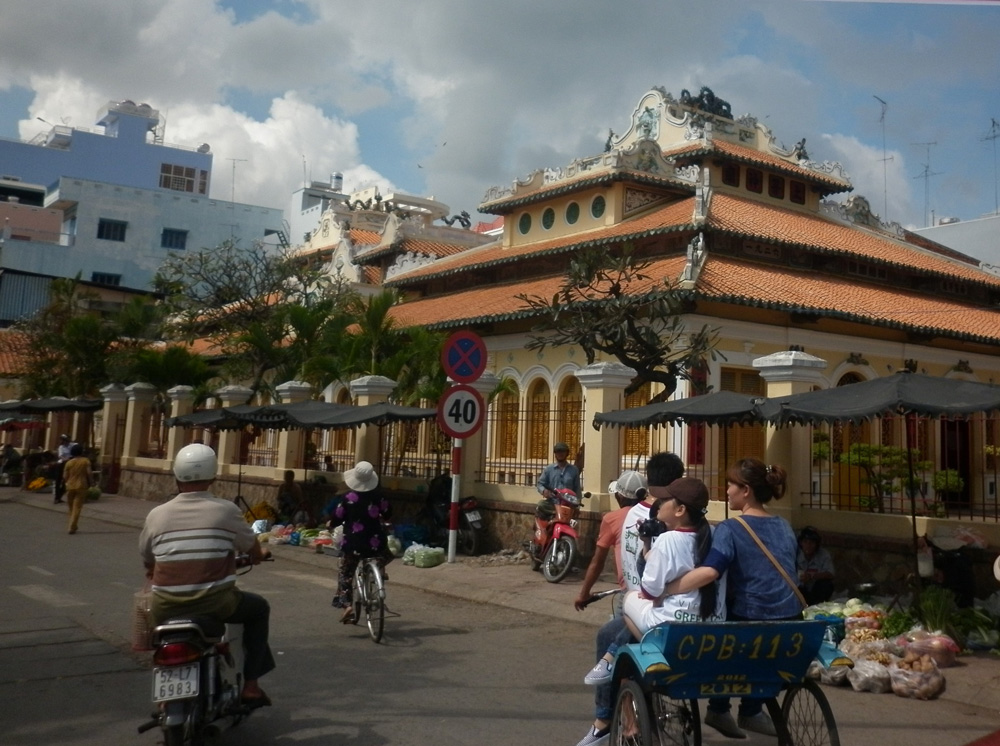
I also visited Chau Doc Market, which is famous for all kinds of mắm (fish sauce) and fried fish, which is a special ingredient in most local dishes. While the colour of mắm is appealing, its smell is not. I enjoyed thot not fruit juice at a small stall in the front of the market and bought some tamarind jam and coconut milk paper – both famous local specialties.
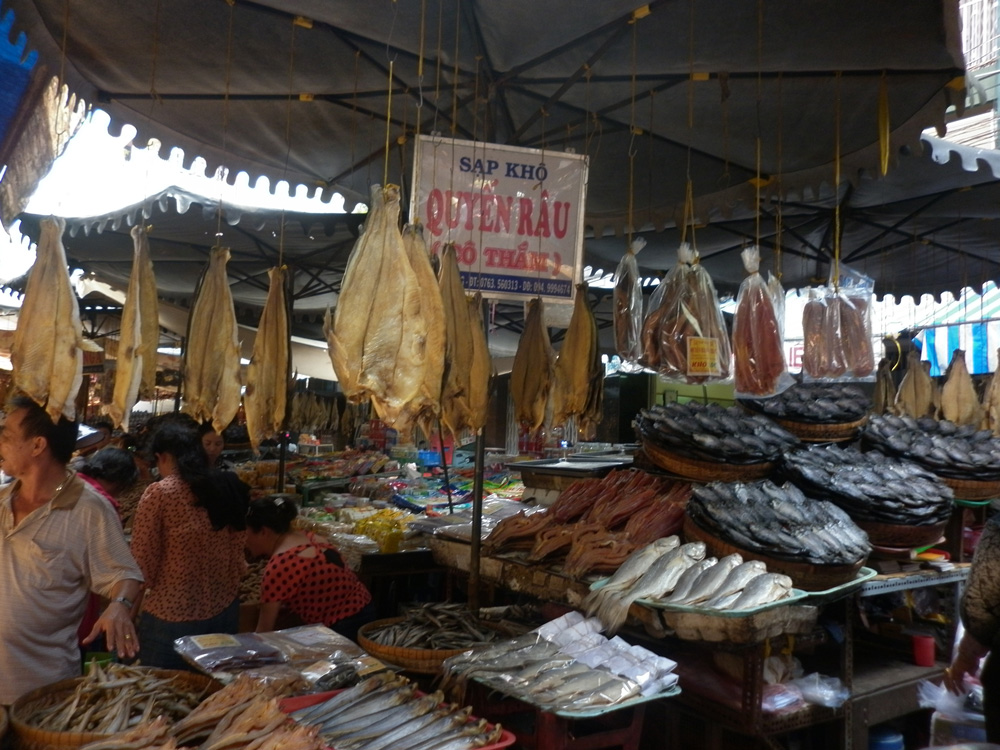
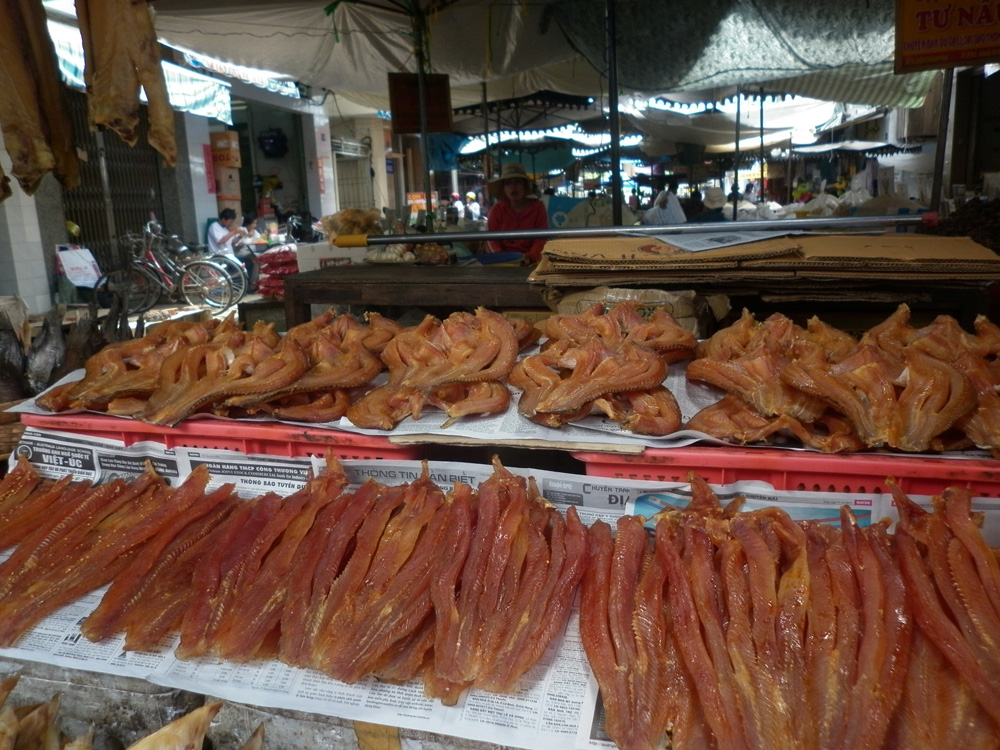
Night fell and the xe lôi driver took me slowly through the busy streets near the market with small street stalls welcoming guests. I then passed through some deserted streets far from the town centre where life resembled the tranquility of the countryside. I heard a cải lương song (traditional folk music of southern people) coming from the roadside house, as well as Vietnamese pop songs from a nearby café.
Holy mountain
It was nice sunny morning when I joined the Green Day to plant trees on the top of Sam Mountain. Hundred of people, including tourists, local people and students from local schools, gathered at the foot of the mountain and then climbed to the top. The air was fresh and invigorating. A local woman told me that climbing Sam Mountain every morning is a popular way for local people to stay healthy.
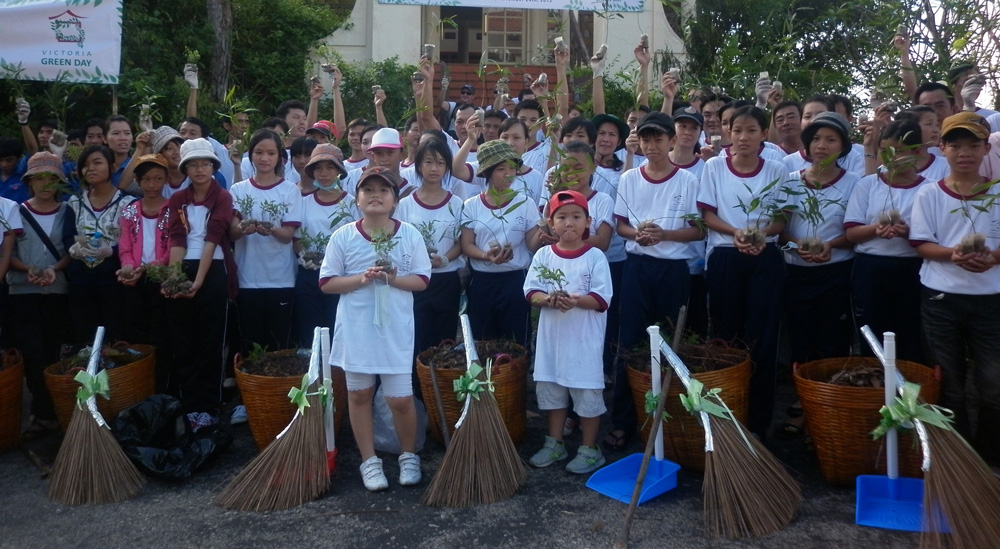
I took some deep breaths before beginning the trip up the 230-metres high mountain – the highest in the Mekong Delta. The mountain slope looked beautiful, with green leaves and tiny pink flowers. Sam Mountain is considered as a holy mountain and has hundreds of temples and pagodas built by local people. Ba Chua Xu Temple, Tay An Pagoda, Thoai Ngoc Hau Tomb, Tao Ngo Garden and Bacj Van Hill are among the most famous nearby sites to visit.
It took 20 minutes to reach the summit, where I could then see a marvelous panorama of vast green rice fields stretching to Cambodia and beyond. I joined in planting hundreds of trees in the hope of contributing to making the area even greener.
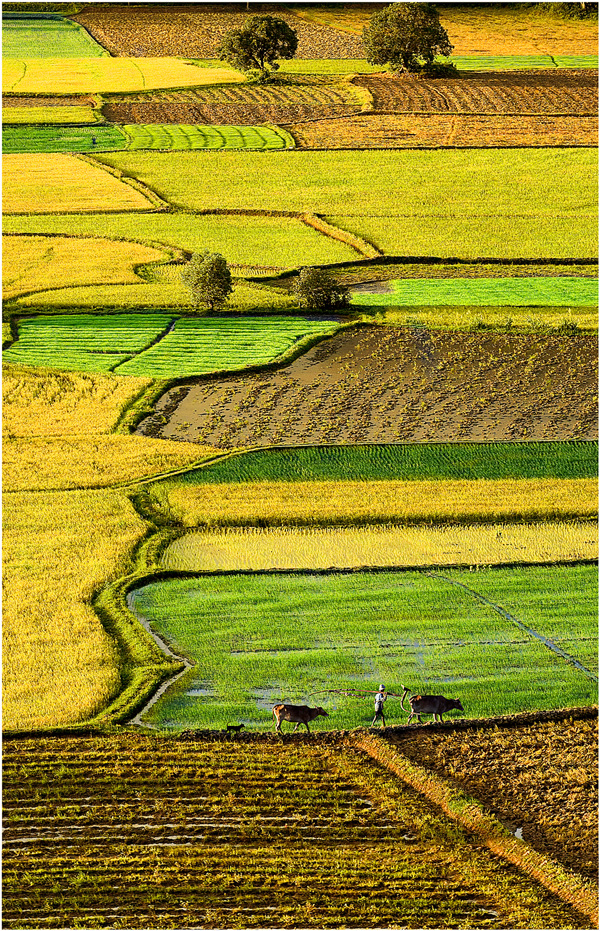
Khmer influence
Our group visited a Khmer village in Vinh Trung hamlet, where dropped in on a small house with a young woman weaving on a loom out front. And old woman in the family presented us some scarves woven in a range of nice colours. Our guide said that many years ago the women in the village were sponsored by a French NGO to develop their traditional weaving craft, but their products failed to find favour in the market so the art began to go into decline. These days only a few families continue to weave items for sale to tourist.
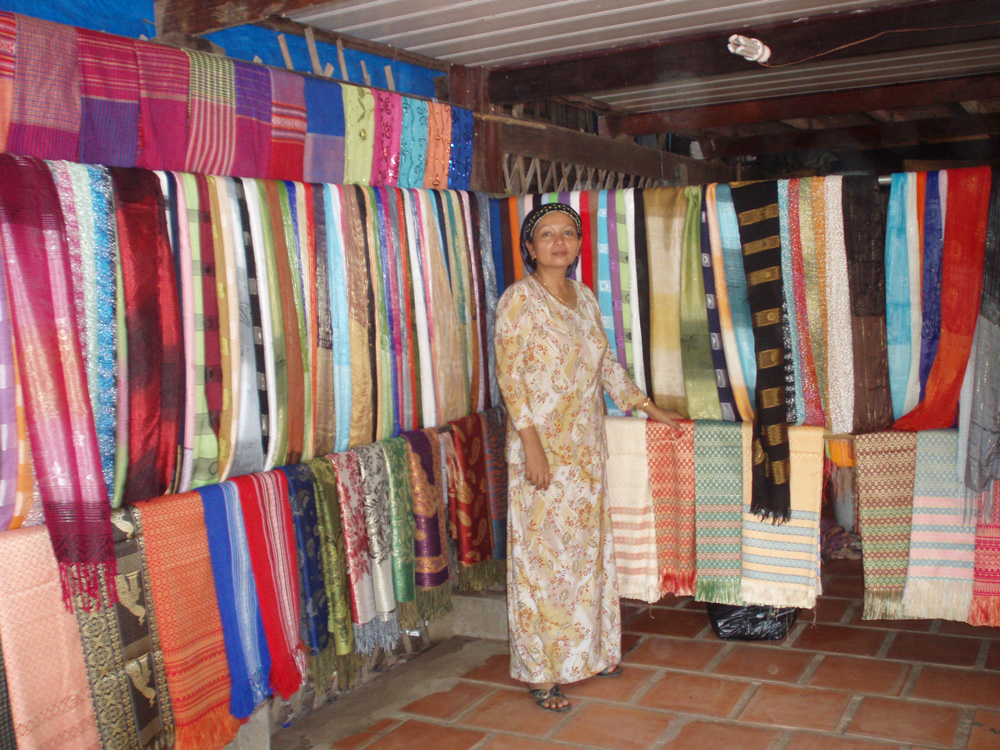
We visit a pagoda called “Van Dau” in the village, built 200 years ago in a large area in the Khmer-pagoda style with Naga snakes. We entered into the sanctum, where paintings on the walls and the ceiling described the story of Buddha’s life.
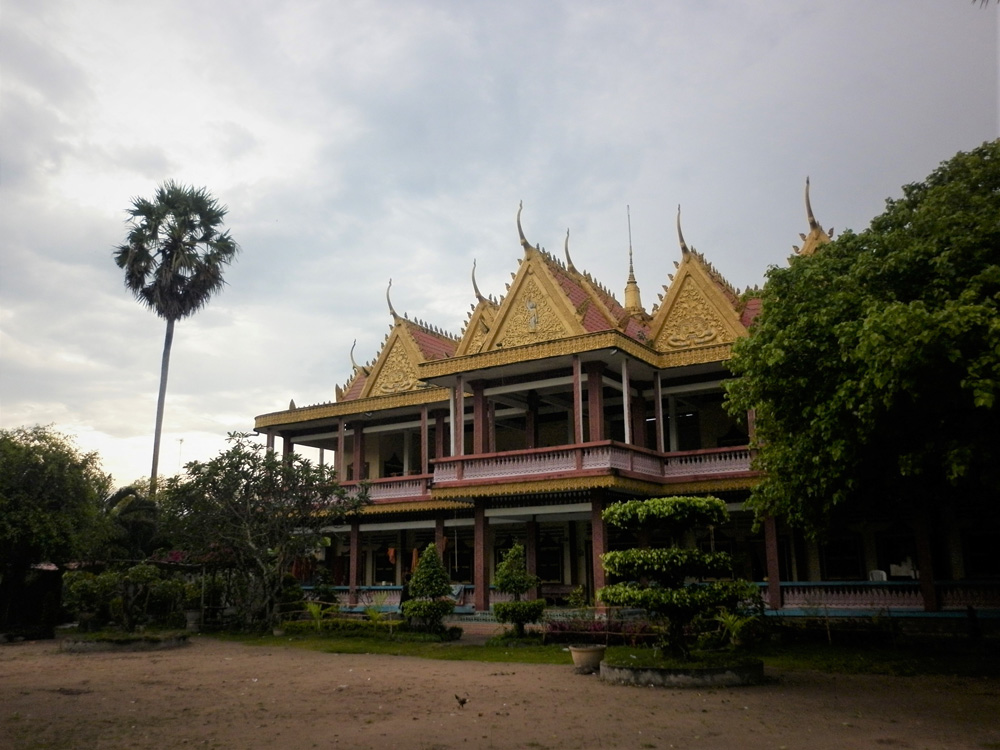
I was surprised to see a coffin placed behind the big Buddha statue, and our guide explained that it holds the body of the pagoda’s priest. Under the local tradition he is kept in the coffin for two years to hear Buddhist scriptures, before being cremated. It was the first time I’d heard of this particular religious custom.
Tra Su forest
The road to Tra Su Forest passes through green fields and thot not gardens. The best time to visit is in the late afternoon, when thousands of storks and other birds return to their nests. The mangrove forest covers more than 800 hectares and was planted 30 years ago. It’s become the home of birds and storks and is one of the most famous eco-tourist attractions in the Mekong Delta.
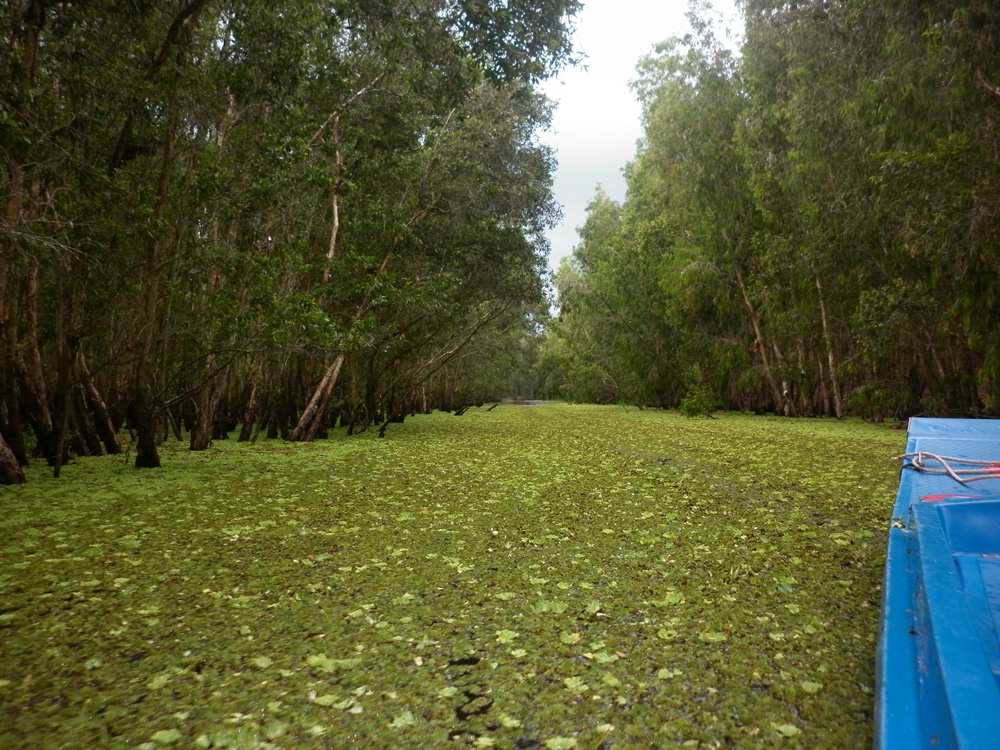
We journeyed in the forest by speedboat, amid a beautiful landscape. The water surface is a green carpet of water fern, and lotus and water lilies were in bloom. I was excited to see colourful birds running on the surface of the water fern, and I zoomed my camera in for a closer look. As the boat slowed down under the mangrove forest canopy, the driver pointed out a large bee’s nest on the top of a tree.

As we went deeper inside the forest, we changed to a smaller boat. Our new driver explained that we were visiting a special area where birds and storks made their nests and mated, so engine-powered boats are not allowed. I saw many small nests on the trees and enjoyed hearing the birds chatter away.

The boat then stopped on the shore and we walked to a bird watching tower in the middle of the forest, which rose 20 metres into the air. The guide gave me a pair of binocular to better see the white carpet of thousands of storks among the immense green forest, which seemed to stretch to the horizon.
Text: Thanh Van
Photos: Thanh Van & collected



